Sea Grant Partnerships
Sea Grant has a rich tradition of partnerships at state, regional and national levels. These partnerships connect Sea Grant’s mission to our partners’ missions in order to advance common priorities related to coastal and marine issues. Learn about some of the different kinds of partnerships and partnerships work that Sea Grant engages in below.
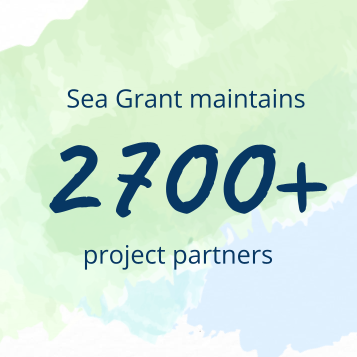
Partnership Highlights
United States Department of Energy
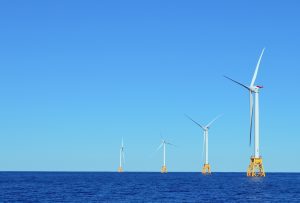

The Department of Energy’s (DOE) Wind Energy Technologies Office and Sea Grant have recently initiated several partnership efforts to promote collaboration and effective use of federally-funded ocean, coastal and Great Lakes research. These efforts advance the alignment of shared priorities through funding research and creating new positions to ensure dedicated support that can efficiently leverage the strengths of the programs to make the collaborations successful.
In 2021, DOE’s Wind Energy Technologies Office and Water Power Technologies Office announced a federal partnership with the NOAA Northeast Fisheries Science Center and the Northeast Sea Grant Consortium, consisting of the New York, Connecticut, Rhode Island, MIT, Woods Hole, New Hampshire and Maine Sea Grant College Programs. This multi-partner effort supports research to further understand the effects of renewable energy on coastal communities and local economies and to optimize ocean co-use.
In 2021, DOE’s Wind Energy Technologies Office supported a partnership with Rhode Island Sea Grant to create the first Sea Grant National Offshore Wind Energy Liaison position. The Liaison position will combine the expertise of DOE with the core strengths and diverse network capacity of multiple Sea Grant programs to contribute and respond to the nation’s rapidly evolving offshore wind energy development opportunities. The focus of the Liaison will be to identify community information needs and disseminate objective resources to stakeholders, enabling them to engage as informed and empowered participants in offshore wind energy development decision-making. The Liaison will build on previous Sea Grant partnerships with stakeholders, in an effort to expand working waterfronts to include offshore wind energy.
In 2021, DOE’s Wind Energy Technologies Office and Water Power Technologies Office and Sea Grant created a shared position for a John A. Knauss Marine Policy Fellowship Program Fellow to identify and pursue shared priority interests between DOE expertise and Sea Grant strengths that facilitate advancing coastal and ocean socio-economic, environmental and energy efforts.
Image: Block Island Wind Farm. Photo credit: Brooke Carney | National Sea Grant Office
NOAA's Ocean Acidification Program
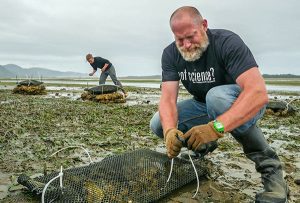

The NOAA Ocean Acidification Program (OAP) and Sea Grant program have established a highly productive partnership, which includes collaborative working relationships among staff at the National level with the development of joint programmatic opportunities at the national and regional scale. The OAP/Sea Grant partnership ensures coordination of programmatic priorities across our programs, enhances the effectiveness and reach of the federal investment in our ocean acidification (OA) research, and leverages the expertise of each program to create a more meaningful impact in the work we do.
A brief summary of each of the joint OAP/Sea Grant funding opportunities is below:
In 2016, the Northeast Sea Grant Consortium, in partnership with OAP, funded four 2-year research projects to address the impacts of OA on key resource species in the northeast as an aid to assist coastal communities in adapting to current and future OA conditions in the region. Projects will provide new information on bivalves, lobsters, and finfish.
In 2018, the Mid Atlantic Sea Grant Programs and OAP provided support for a new regional Ocean Acidification Graduate Research Fellowship Program. Six fellows from the Mid Atlantic region were selected through this opportunity, which supported student academic expenses, provided professional development opportunities, and facilitated interaction with ocean, coastal, and estuarine acidification stakeholders.
In 2020, Louisiana and Texas Sea Grant Programs partnered with the OAP to fund five Ocean Acidification Graduate Research fellows in the Gulf of Mexico region. The fellows’ research will aim to improve the understanding of the potential ecological consequences of increasing carbon dioxide concentration, which causes ocean acidification, in regional ocean, coastal and estuarine waters.
In 2021, Sea Grant and OAP developed the first national funding opportunity to address the impacts of multiple stressors on shellfish aquaculture. The funding opportunity will help us better understand multi-stressor impacts to the US shellfish aquaculture industry via a co-production of knowledge framework.
Image: George Waldbusser, a biogeochemist at Oregon State University, straps a bag of oysters to rebar as a control while doctoral student Sophia Wensman places a bag of oysters on top of empty oyster shells in Netarts Bay as part of a research project funded by Oregon Sea Grant. Photo Credit: Oregon Sea Grant.
Red Snapper Abundance Research
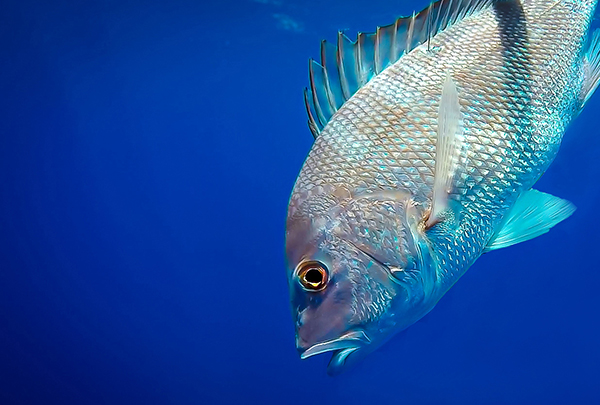

Sea Grant is engaged in two research efforts to better understand red snapper populations in U.S. coastal waters. The Gulf of Mexico “Great Red Snapper Count” recently issued its final report while a similar study in the Atlantic waters of the Southern U.S. is just beginning. Congress directed NOAA to support independent studies on red snapper in these two regions to enhance the agency’s ability to manage the highly prized species. Sea Grant’s federal-university partnership model was utilized to competitively select external, university-based research teams that include robust stakeholder engagement strategies as well as interdisciplinary and multi-method research strategies. These complementary projects are connected to multiple partners and stakeholders, including the National Marine Fisheries Service and Fisheries Management Councils.
Image: Red snapper. Photo Credit: Harte Research Institute.
National Weather Service partnership
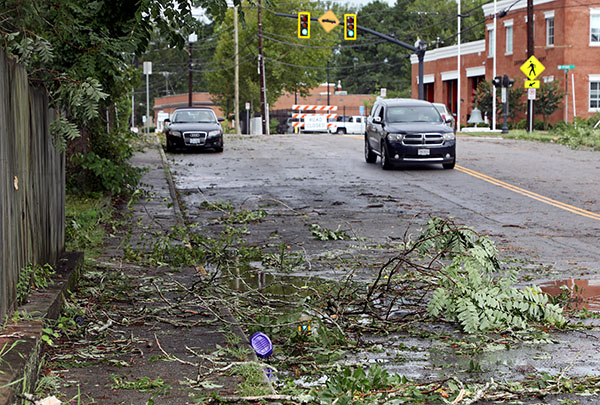

The National Weather Service (NWS), like Sea Grant, is connected to communities and has built relationships with local stakeholders across the country. Sea Grant partners with NWS nationally, regionally and locally on various initiatives to help communities prepare for and respond to hazardous weather. For example, many Sea Grant programs serve as Weather-Ready Nation Ambassadors and work to prepare communities for extreme weather events along the coasts. Additional local projects include Local Knowledge on Flooding and Hurricane Florence Effects, a partnership between South Carolina Sea Grant Consortium and NWS to better understand tidal flooding effects, and Hurricanes: Forecasting, Communication, Response & Preparedness, a partnership between New York Sea Grant and NWS on hurricane-related programming that is steadily increasing stakeholder awareness and equipping their efforts to build resiliency against future hurricane hazards. Regionally, Sea Grant partners with NWS and NOAA National Severe Storms Laboratory on the VORTEX-SE Program, which brings together both physical and social scientists, researchers and meteorologists to look at specific conditions that produce tornadoes in the Southeast United States, and how they impact society.
Image: Tree limbs and debris fill the streets after Tropical Storm Isaias quickly came through coastal Virginia in August 2020. Photo Credit: Aileen Devlin | Virginia Sea Grant.
Coho Salmon Conservation Program
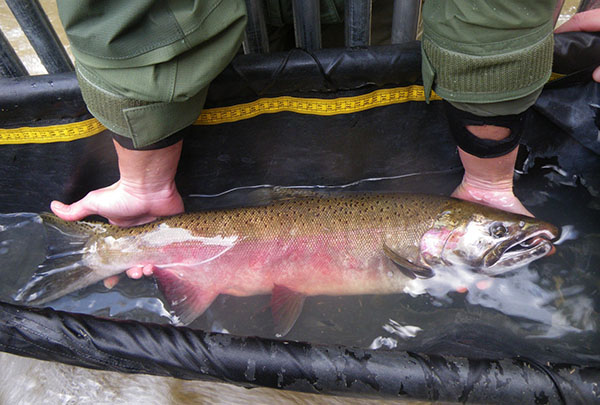

In the early 2000s, coho salmon were on the brink of elimination from the Russian River watershed. The Coho Salmon Conservation Program, a multi-agency conservation hatchery program, began releasing coho salmon into tributaries of the Russian River to address this issue. Each year, hundreds of thousands of fish are released into the river, and the effectiveness of stocking strategies is assessed to maximize resources and improve the chances of successfully restoring coho to the watershed. California Sea Grant collected survival and abundance data on hatchery coho salmon released by the Army Corps of Engineers into Russian River tributaries. Using the data that California Sea Grant provided, resource managers developed a hatchery release strategy for 2016/2017 that factored in probabilities of survival in different streams and seasons. This plan maximizes resources and will increase the chance that adult coho will return to the watershed.
Image: An adult Coho salmon. Photo Credit: California Sea Grant
NOAA's Marine Debris Program


Marine debris is a pervasive threat to our ocean, Great Lakes, and waterways, and can affect navigation safety, the economy, and even human health. Sea Grant partners with the NOAA Marine Debris Program to address marine debris challenges across the country. In 2020, Sea Grant and the Marine Debris Program collaboratively funded eight projects that research, prevent and remove marine debris in U.S. waters. Continuing this partnership in 2021, Sea Grant and the Marine Debris Program collaboratively funded six projects focused on preventing the introduction of marine debris into marine, coastal and Great Lakes environments. To help align the projects with the Marine Debris Program’s Strategic Plan and Regional Marine Debris Action Plans, Sea Grant programs work with the Marine Debris Program’s regional coordinators throughout the award period.
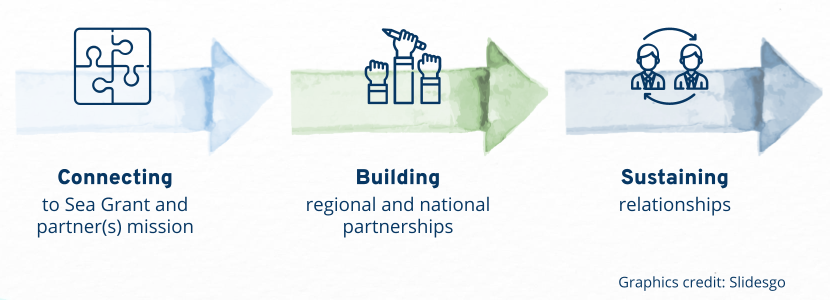

Sea Grant Federal Partnership Liaisons
A component of the overall partnerships effort at Sea Grant is the development and evolution of the Sea Grant Federal Partnership Liaisons program. Sea Grant’s first Federal Partnership Liaison position was established in 2001 at the NOAA Great Lakes Environmental Research Lab, and in 2016, Sea Grant had 13 Liaisons across the country.
As recently as September 2021, Sea Grant established six new liaison positions. For the first time, Sea Grant is welcoming liaison partnerships with federal agencies in addition to NOAA. Learn more about Sea Grant’s Federal Partnership Liaisons at the link below.
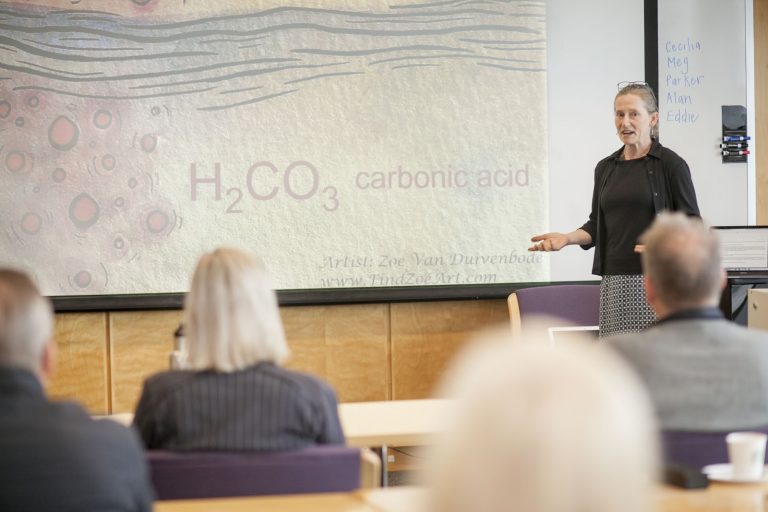

Partnerships News
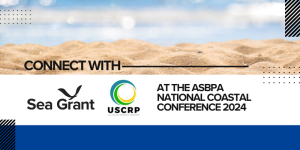

Catch up with Sea Grant and USCRP at ASBPA National Coastal Conference
The American Shore & Beach Preservation Association’s National Coastal Conference welcomes all coastal stakeholders and managers to learn the latest science, engineering and policy needed
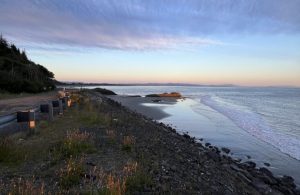

Sea Grant programs receive awards through NOAA Climate Resilience Regional Challenge
The NOAA Office for Coastal Management’s Climate Resilience Regional Challenge is funding projects to increase resilience to extreme weather events and address longer-term, chronic climate hazards. This one-time, $575 million competitive grant program is providing the opportunity to collaboratively implement transformational regional projects that will build immediate and long-term resilience in coastal areas.